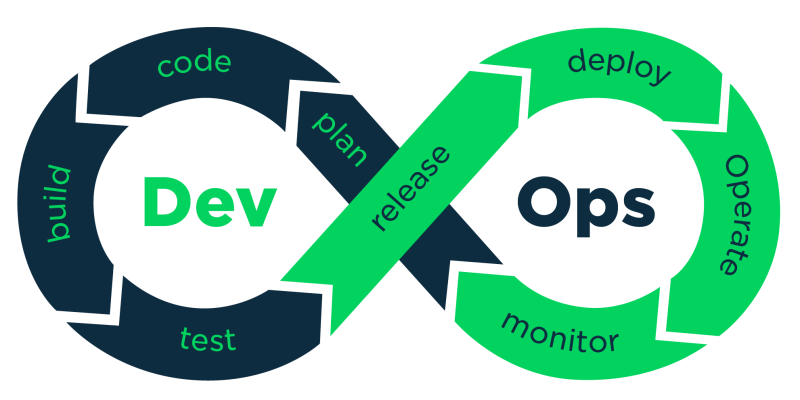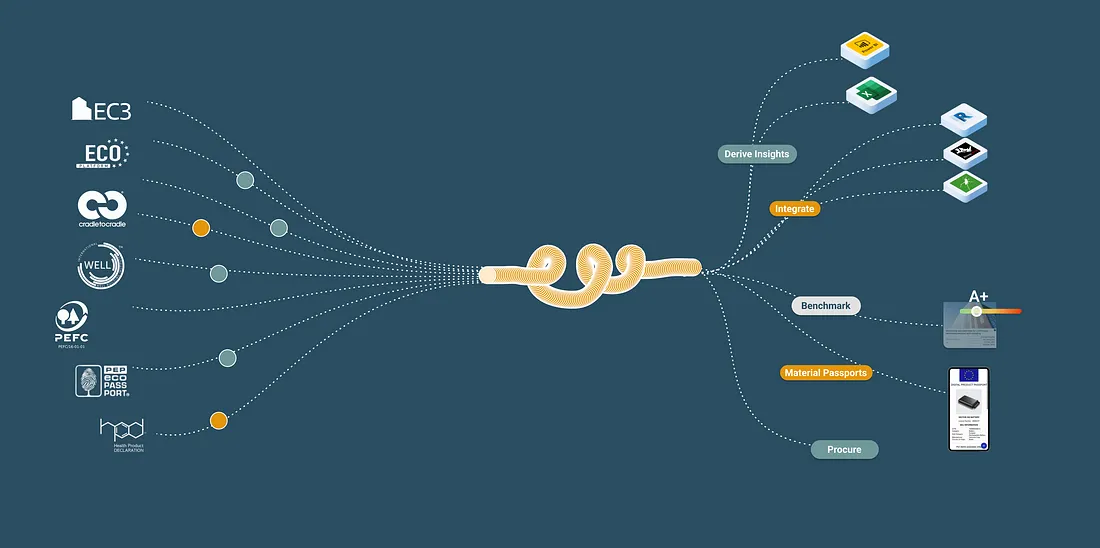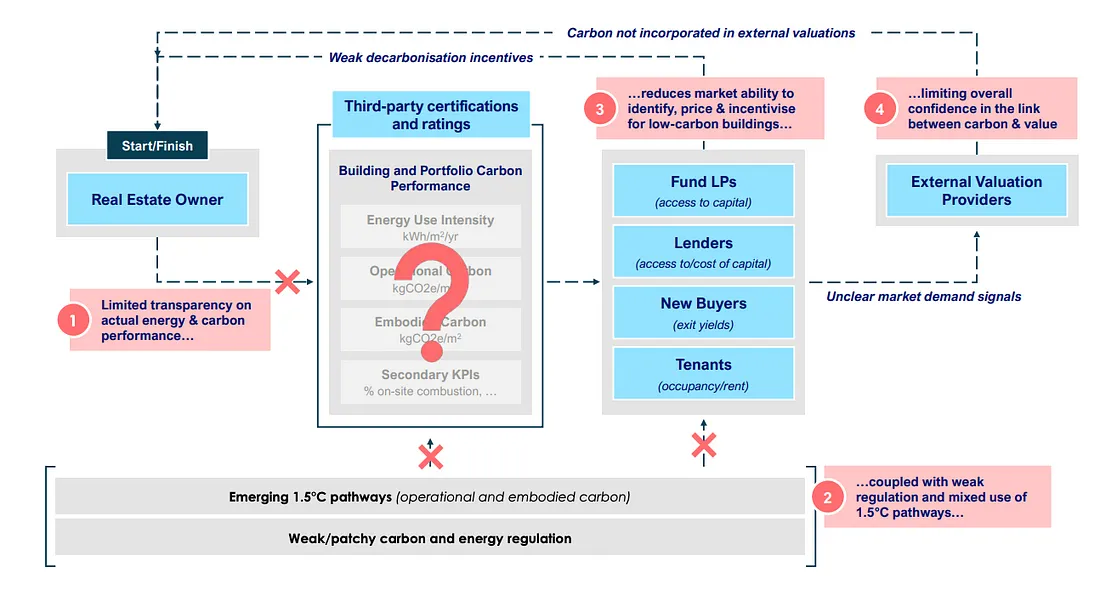What the Construction Industry Can Learn from Software Development Practices
The Architecture, Engineering, and Construction (AEC) industry has been slow to adapt to new technology, often relying on old practices that require manual input and constant oversight.
The software development industry, on the other hand, has refined its workflow to near-perfection by using cloud technology, APIs, and automation.
 The construction industry can borrow these practices to enhance Building Information Modeling (BIM) processes, making real-time Life Cycle Assessments (LCAs) and carbon budget calculations a reality.
The construction industry can borrow these practices to enhance Building Information Modeling (BIM) processes, making real-time Life Cycle Assessments (LCAs) and carbon budget calculations a reality.
The Software Development Workflow

In the world of software development, code is stored in cloud-based repositories accessible to the entire team. When a developer makes changes, they create a Pull Request (PR), triggering a Continuous Integration (CI) pipeline. This automated series of checks ensures code quality and tests the code, all in the background, requiring approval only when the process is successful.
Applying Software Principles to BIM
In the AEC sector, the concept of a cloud-based repository can be directly translated to storing BIM models in the cloud. Just like in software development, this would enable:
- Automated Synchronization: BIM models synced with the cloud automatically.
- Quality Checks: Metrics on model quality are automatically calculated and presented.
- Specialized Analyses: Daylight, LCA, and other analyses are automatically run, waiting for a specialist’s review before merging into the main model.

The Tech to Unlock BIM Data
What’s needed is a web API that can interact programmatically with these 3D models. An effective API should:
- Be accessible, providing access to all models, objects, and properties.
- Have filter and sort capabilities, allowing specific queries like searching for all windows in a model.
- Allow data updates that automatically sync back into the primary BIM software.
By integrating high-quality data through APIs, we can automate many tasks currently requiring human interaction. Imagine running daylight models or exporting room schedules automatically at the end of the day — shifting the human role from executing tasks to creating automated templates for these tasks.
The Role of 2050 Materials
Companies like 2050 Materials are taking the lead in providing the required technology to make this vision a reality. The API-first approach integrates real-time sustainability data into BIM models, enabling LCAs and carbon budget calculations. This isn’t just a technical upgrade; it’s a paradigm shift. By serving as long-term partners in the built environment, they’re playing a critical role in moving the industry towards efficiency and climate neutrality.

2050 Materials API
 Adopting software development practices in construction, primarily through high-quality data integration via web APIs, has the potential to revolutionize the industry. It opens the door for real-time LCAs, carbon budgeting, and various automated analyses, marking a significant step toward a more efficient, climate-neutral construction industry. With innovative solutions like the API offered by 2050 Materials, this future is within reach.
Adopting software development practices in construction, primarily through high-quality data integration via web APIs, has the potential to revolutionize the industry. It opens the door for real-time LCAs, carbon budgeting, and various automated analyses, marking a significant step toward a more efficient, climate-neutral construction industry. With innovative solutions like the API offered by 2050 Materials, this future is within reach.
Related articles

The Age of Integration — 10 Examples of Integrating Carbon Data in AEC, and Why They Matter
By integrating carbon data into the target-setting process, stakeholders can base their goals on real, actionable data, leading to more effective and sustainable project outcomes.
Read more
Net Zero is a Data Integration Problem
In recent years, numerous organizations in real estate and infrastructure have committed to ambitious net zero targets. This means reducing reliance on non-renewable energy and materials and adopting more sustainable design, engineering and procurement practices.
Read more
Tapping into the Low-Carbon Real Estate Market
This article is based on a paper by Leaders of the Urban Future (LOTUF) in partnership with Systemiq and highlights the required steps to decarbonizing in the real estate sector for a greener future.
Read more